The Alien franchise is a classic staple of the sci-fi horror genre. Its longevity and impact have molded its own acid seeping saga within cinema. It is a grotesquely gorgeous marriage between aesthetics and story. The franchise builds complex characters within bleak worlds inhabited by a variety of monsters.
The film series has given audiences a window into the future and what role humanity plays in it. This list will shed light on the original trilogy’s brilliant concepts. (Apologies in advance to Alien Resurrection, Prometheus, Alien: Covenant, and AVP fans.) With its 40th anniversary in 2019, here are the top 10 Alien concepts, ranked.
Bleak Futurism And Tech – Aliens
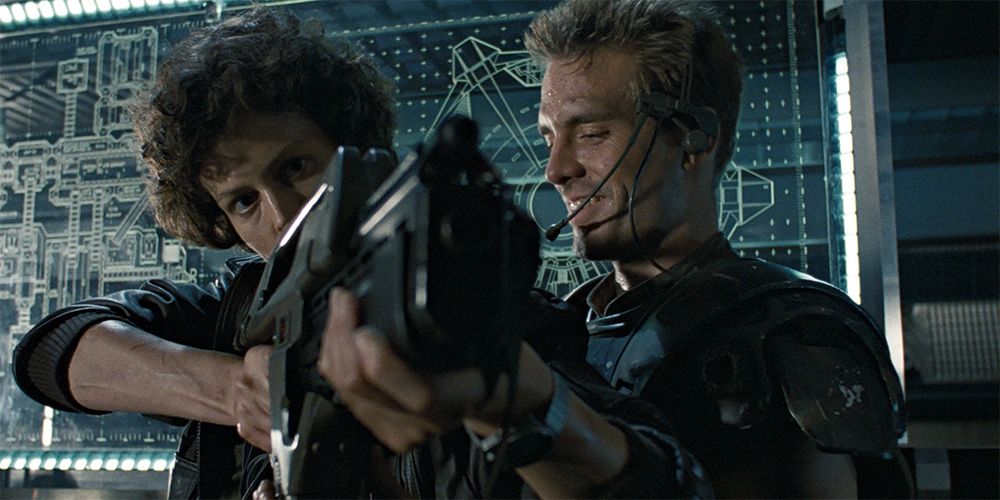
After the 1984 success of The Terminator, director James Cameron took the reigns to the sequel to Alien entitled Aliens in 1986. With all genuinely clever and successful sequels, Cameron expanded the mythology of the universe revolving around the Xenomorphs and the environments in which they run rampant.
Taking place fifty-seven years after the first film, Aliens follows Ellen Ripley’s return to the dark void of her nightmares spawned from her suppressed memories. In order to conquer her dormant torment, Ripley must adapt to this newly terraformed planet, LV 426, that has been infested. There she must learn to utilize newfound weaponry against the ever-adapting threat known as the Xenomorphs.
A Simple Concept With A Massive Impact – Alien
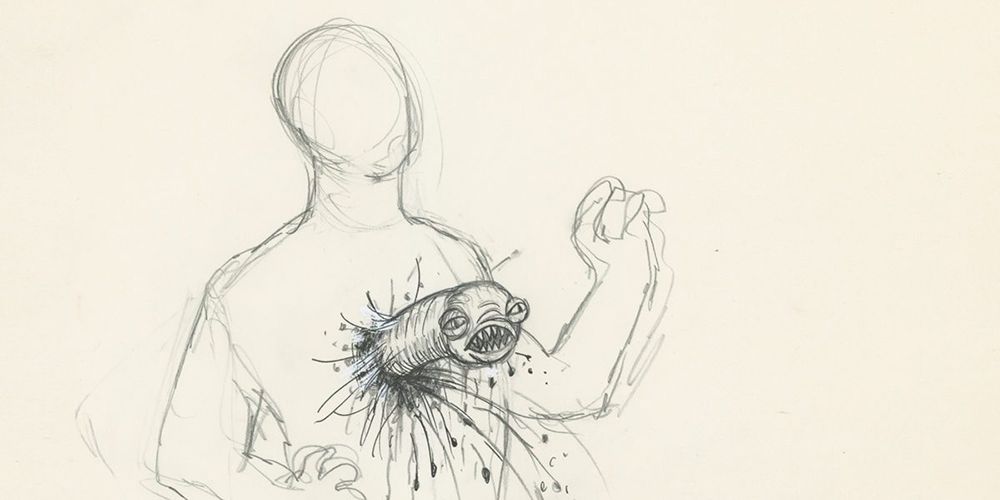
Jaws in space. Those three compact words were what pitched the first Alien film written by Dan O’Bannon. It is wondrous how a concept so simple can generate a massive impact. It is a classic example of less is more and building upon the concept’s simplicity.
A monster has the ability to induce fear within the audience. That is a given. However, suspense rises from knowing of the monster’s presence and not knowing when it will strike. It is with that haunting presence that frays an audience’s nerves. Director Ridley Scott understood and struck that chord fervidly with 1979’s Alien.
Vietnam In Space – Aliens
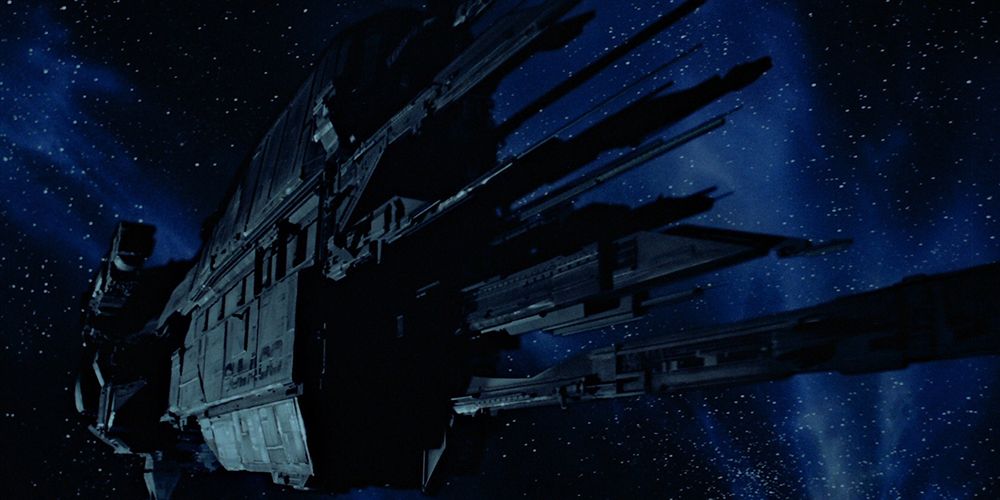
Allegories are excellent examples to preface and execute a story. James Cameron’s Aliens had a magnificent springboard to launch his vision into fruition. Vietnam In Space. The notion of having superior weaponry against an unseen enemy that has adapted to their environment mirrors the Vietnam War in spades.
The technologically advanced space marines armed to the teeth with pulse rifles, smart guns, and flame throwers are outmatched by Xenomorphs battling with primitive tactics to protect their hive. The numbers game along with being backed into a corner gives an edge to the Xenomorph dynasty. Cameron managed to convey his concept statement in stunning fashion. It was veiled by cocky space marines blasting Xenomorphs to Kingdom Come. That is the beauty of text and subtext.
Redemption – Alien 3
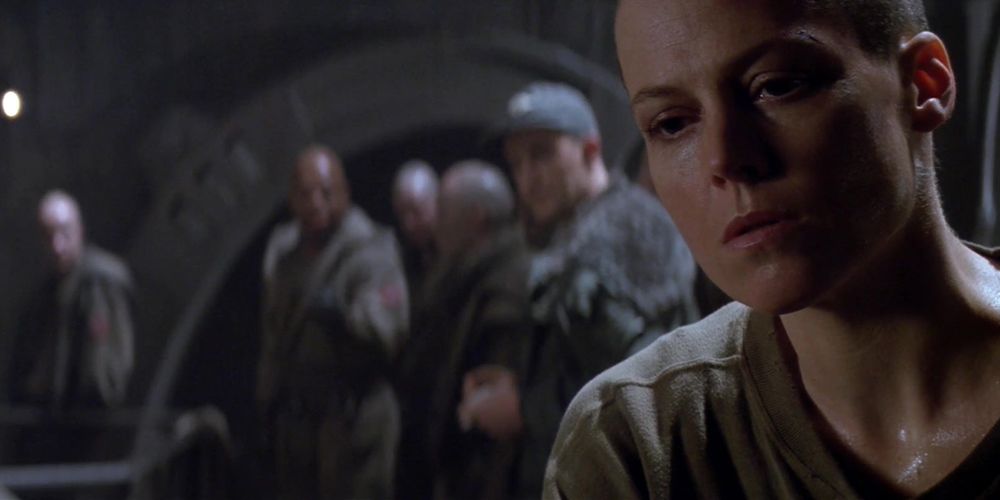
David Fincher’s Alien 3 is a sequel no stranger to controversy. Its initial debut in 1992 was not well received. With the benefit of hindsight, the film has finally garnered up some well-deserved vindication. A lot of this newfound praise derives from the film’s thematics.
The concept of redemption reverberates throughout the film. This can be attributed to the film’s premise: After the events of Aliens, Ellen Ripley crash lands upon the planet known as Fury 161 which is inhabited by men convicted of murder and rape. As depressing as that premise sounds, there is a halo of hope.
Hope is formed when Ripley must lead the convicts against a newfound Xenomorph. This hope hinges on her will to forgive them for their past violent violations.
A Ruthless Company – Alien
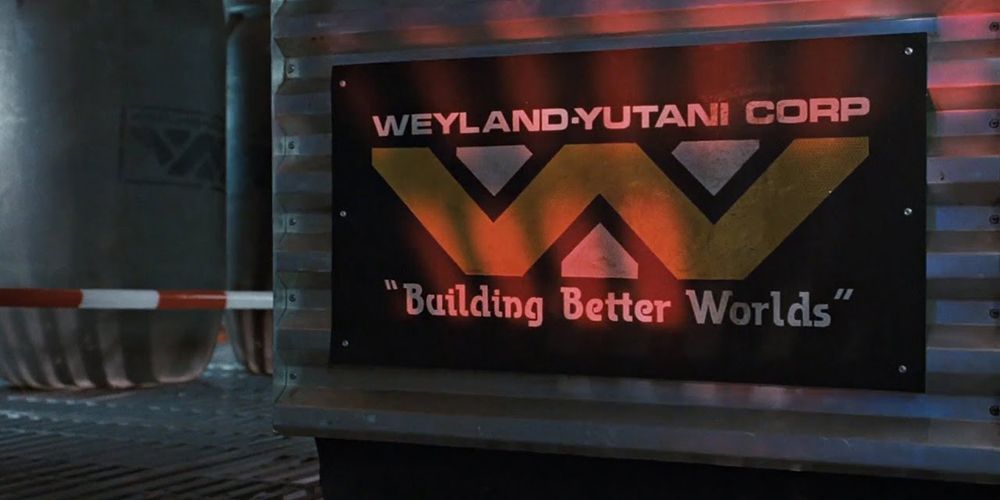
Crew expendable. Another threat looms above the franchise’s protagonists that are not necessarily Xenomorphic entities. This spectral threat is a corporate institute in the form of the Weyland Yutani Corporation. Throughout the film series, the Weyland Yutani Corp has had the intent in harnessing, weaponizing, and profiting off the Xenomorph species.
Their aggressive avarice breeds ruthless means to build better worlds with the correct price tag. Lieutenant Ellen Ripley’s underlying enemy is truly the corporation that has cost her so much in her life. The Alien franchise truly showcases humanity’s hideous side by incorporating such a vile mission to corporate business.
H.R. Giger’s Beast From The Stars – Alien
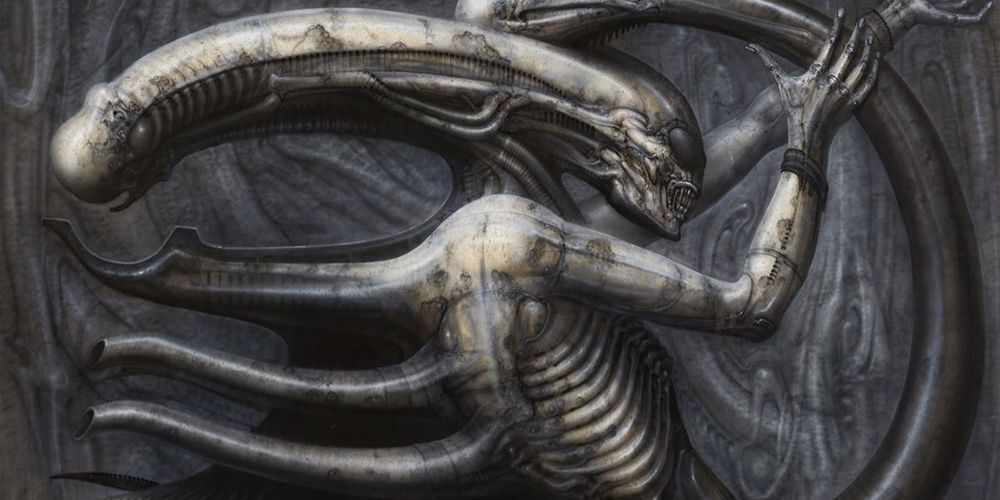
An argument can positively be made that H.R. Giger is and always will be the reason for the franchise’s success. The Swiss airbrush painter conjured up the design and a majority of the xenomorph’s life cycle. When Ridley Scott laid eyes upon H.R. Giger’s Necronom IV & V, he knew he had found his film’s beast from beyond the stars.
Giger was brought onto the first film to not only design the creature but the film’s world. His surreal eye and expressionist hand spawned bio-mechanical entities that audiences have been in awe and fear of. The Giger-esque aesthetic was now established.
The Xenomorph’s Adaptability – Alien 3
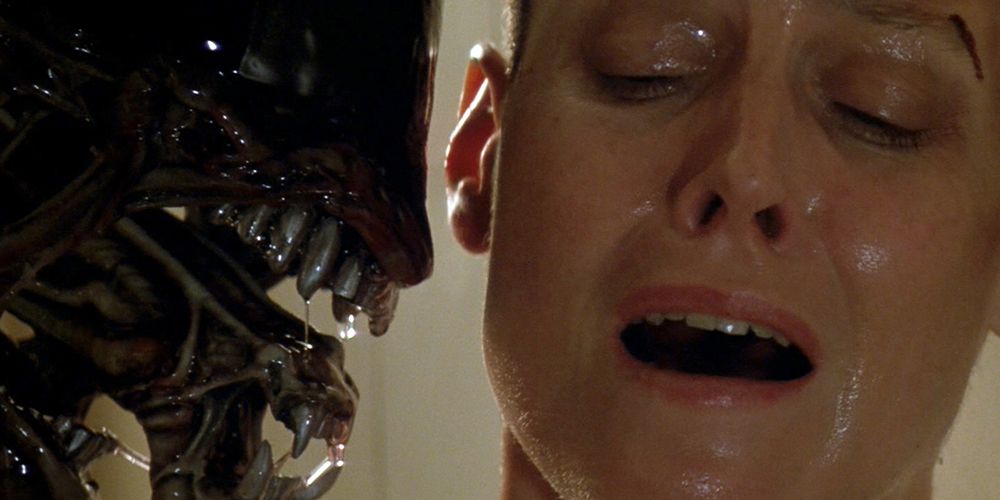
At face value, the Xenomorph’s threat can be attributed to their fearsome appearance. Their physical threatening actions include berserk strength, acidic blood, razor talons, and vicious jaws. Nonetheless, the Xenomorph’s largest threat is their ability to adapt to the environments they infest.
Alien 3 showcased a prime example in the form of the Dog Xenomorph (Theatrical Cut) or Ox Xenomorph (Assembly Cut). The Xenomorph’s face-hugger form can impregnate and inherit the traits of their hosts. No matter where the hive rests, the Xenomorphs can infest and impregnate the beings inhabiting the environment. They infest. They adapt. They conquer. This makes them the most threatening species in the galaxy.
Subtle Feminism – Aliens
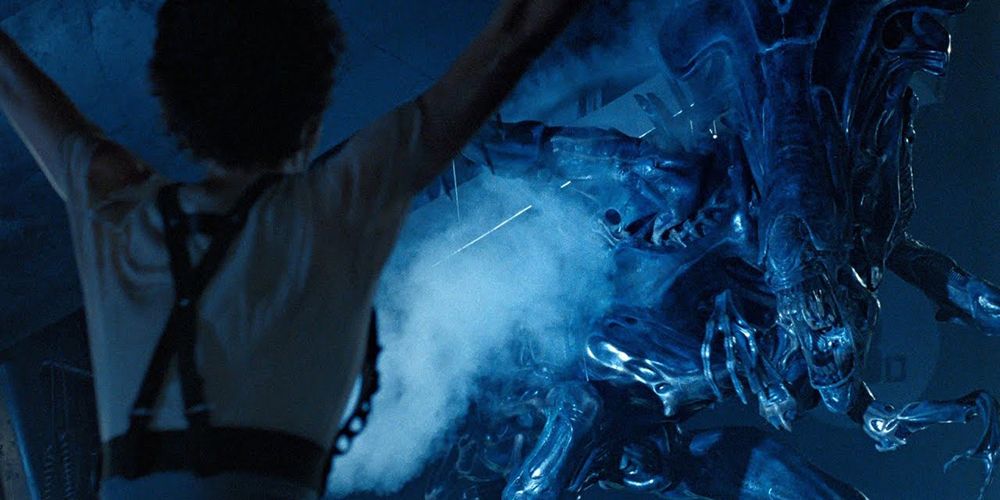
The theme of motherhood hovers over James Cameron’s Aliens. This theme is showcased through the showdown between Ellen Ripley and the Xenomorph Queen. That is the text of the final act of the film. With the aid of the presence of the Queen’s hive and Ripley’s surrogate relationship with Newt, this final act of the film takes on a whole new meaning.
Thus bubbles the battle of mother versus mother subtly to the surface of the film. Each female combatant is battling for the sake of their children. Ripley battles for Newt’s safety. The Xenomorph Queen battles to avenge her hive. It’s a female battleground for the sake of their children.
Existentialism – Alien 3
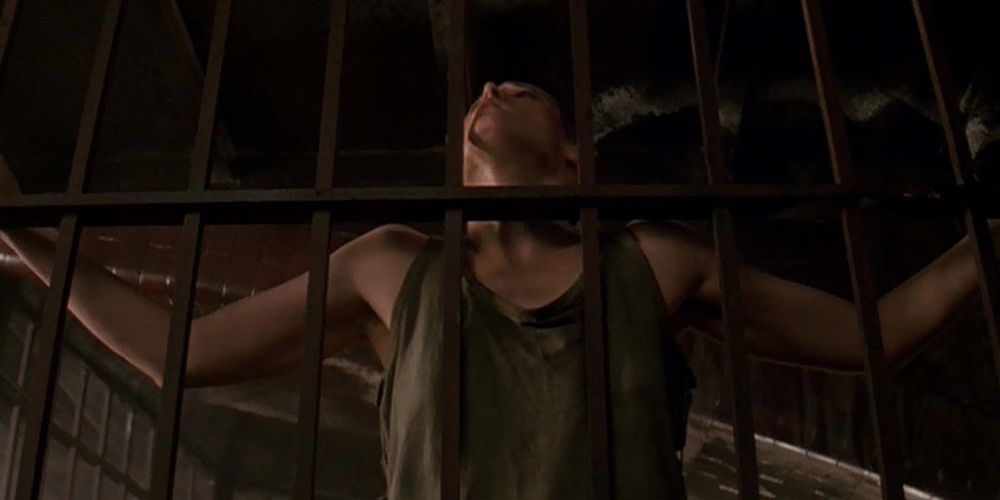
David Fincher’s Alien 3 was quite possibly the most philosophical film within the series. As previously mentioned, Alien 3 introduced an array of themes. The grandest theme in scale was existentialism. This theme is explored within the character of Ellen Ripley, who is stranded upon a prison planet, Fury 161.
Her third encounter with the Xenomorph threat has made her question her mortality and overall existence. She struggles with grasping the idea of her own extermination to end her own suffering. What exhumes her from that depressive quicksand is taking the reigns to her own destiny, forgiving the prisoners of Fury 161, and exterminating the Xenomorph’s existence no matter what the cost. Ripley ascends to becoming a Christ-like figure in Alien 3.
Fear Of The Unknown – Alien
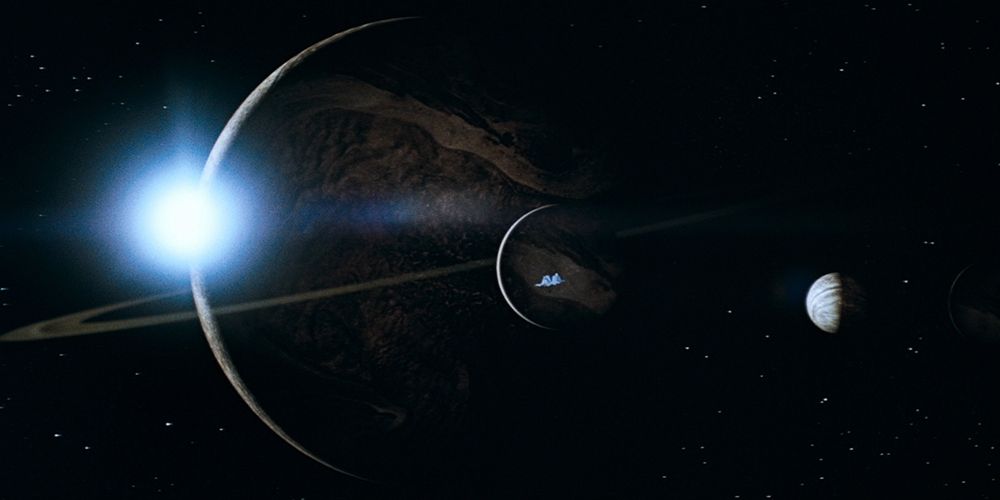
The term “alien” is one that has many connotations within the Alien franchise. This is induced by the fear of the unknown. Alien is a word that descends mystery into the reader. It is something external and foreign. That unknown presence induces fear. The Xenomorph beast is one mysterious element to the film series. When shadowed in an enigma, the Xenomorph’s origins induced fear much more successfully. That is due to the fear of the unknown.
In space, no one can hear you scream. What’s within that space? That mystery is what kept audiences up at night after viewing Alien.




